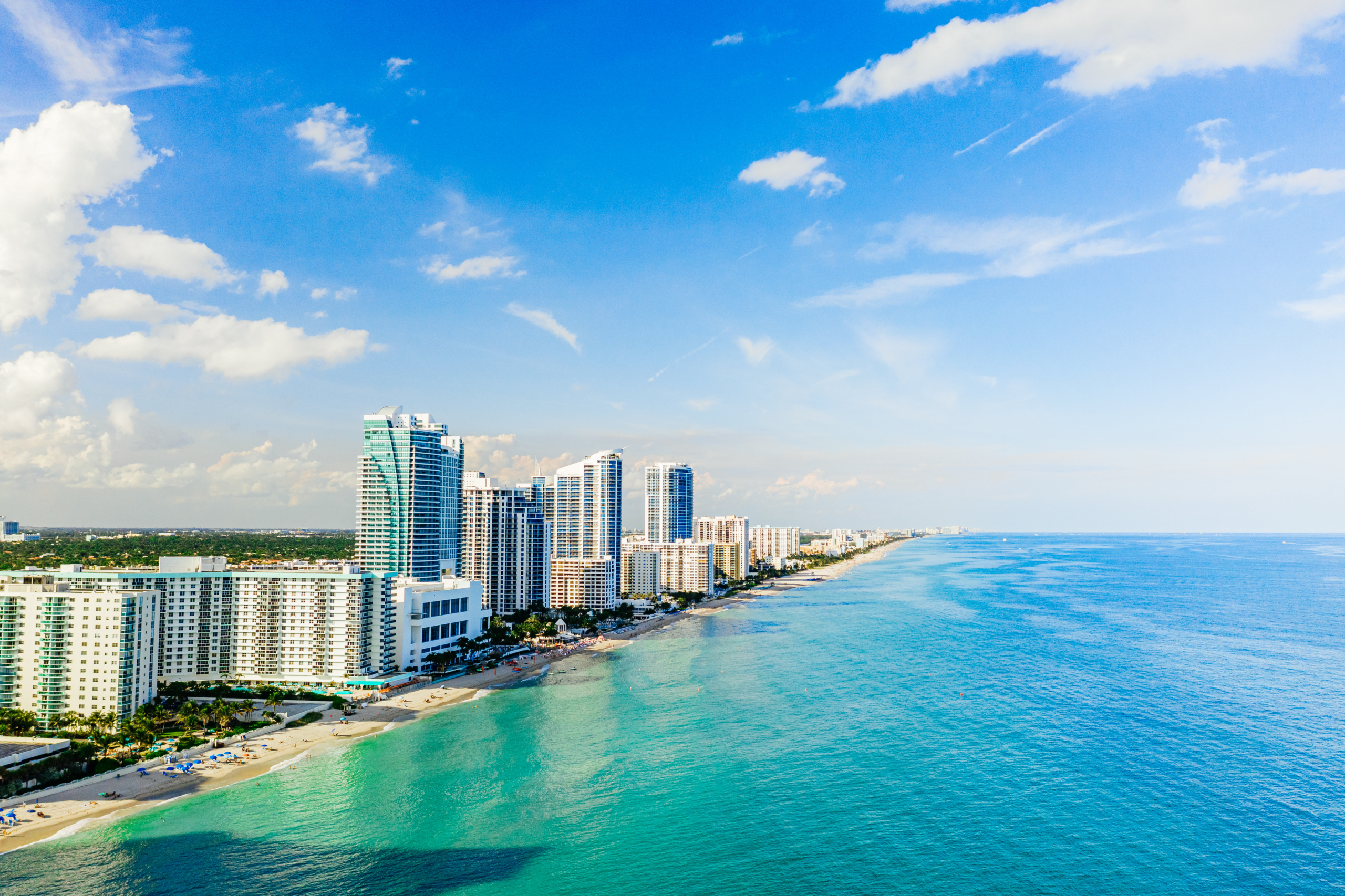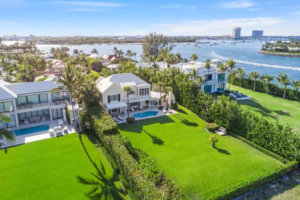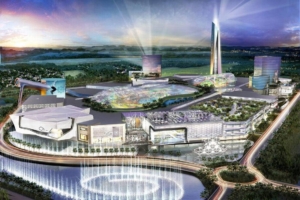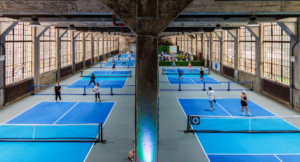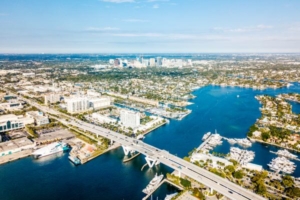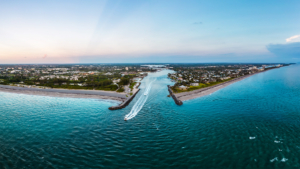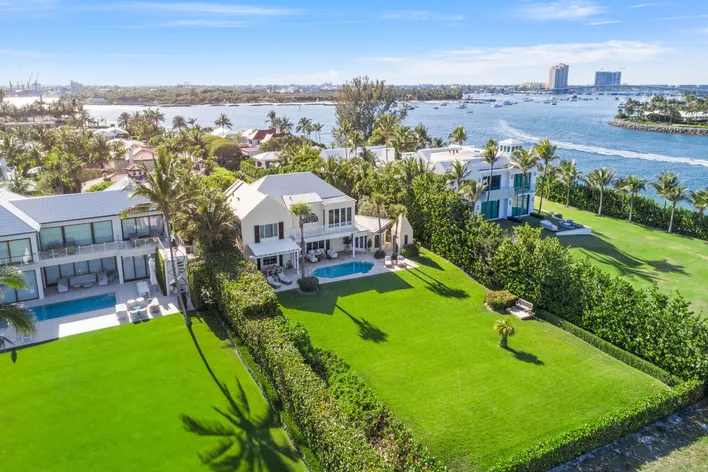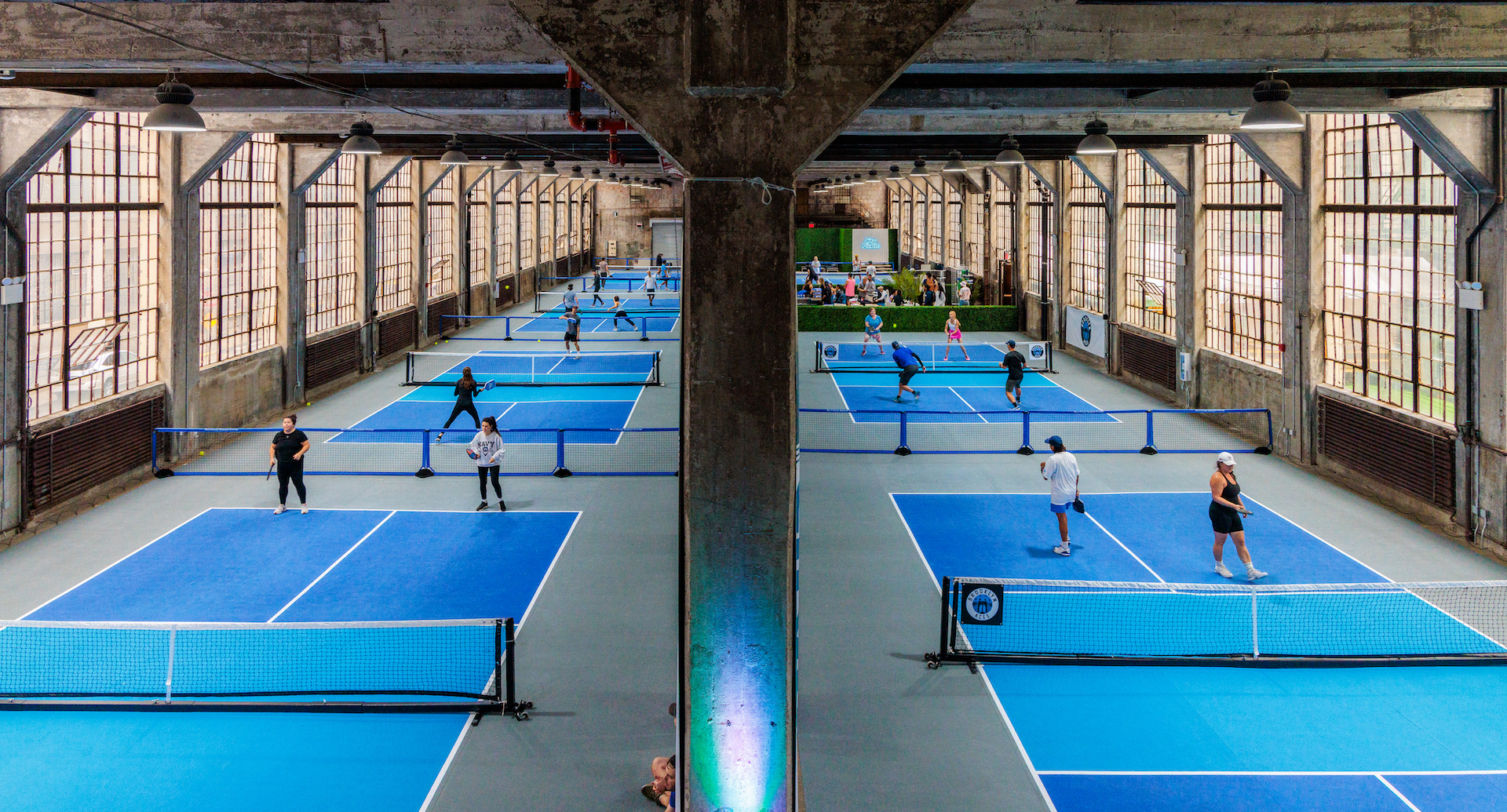Mobile Home Park Transformation: Hallandale Beach Eyes 750-Unit Development Project
In a move that highlights South Florida's ongoing urban transformation, Seville General Partners has unveiled ambitious plans to convert the Seville Mobile Home Park in Hallandale Beach into a substantial mixed-use development. The proposal represents another chapter in the region's shifting residential landscape, where mobile home communities increasingly give way to higher-density developments.
Developer's Vision: A Comprehensive Mixed-Use Community
Paul Rosen, who leads Seville General Partners, is pursuing a rezoning application for the 7-acre property located at 426 Northeast Fifth Street and 515 North Federal Highway. The preliminary vision encompasses six mid-rise buildings that would dramatically transform the current mobile home community.
The proposed project goes beyond just residential units, aiming to create a true mixed-use environment with approximately 25,200 square feet dedicated to retail space and an additional 44,200 square feet for office facilities. This comprehensive approach aligns with modern urban development principles that favor walkable, multi-purpose communities over single-use residential areas.
The Hallandale Beach Planning and Zoning Board is scheduled to evaluate a request to rezone the site from Regional Activity Center Neighborhood to RAC Corridor, a classification that would permit the higher-density development envisioned by the developers. This regulatory hurdle represents a critical step before the developer can file an official project application and detailed site plan.
Current Residents and Community Impact
The existing site currently houses 130 permanent mobile homes—structures that cannot be relocated—along with 35 seasonal recreational vehicles. The proposed redevelopment raises significant questions about displacement and housing alternatives for current residents, a common concern when mobile home communities face redevelopment.
Mobile home parks have traditionally provided relatively affordable housing options in South Florida's increasingly expensive real estate market. Their conversion to higher-end developments continues to reduce affordable housing inventory in a region already struggling with housing affordability challenges.
South Florida's Mobile Home Redevelopment Trend
The Hallandale Beach proposal is far from an isolated case. Across South Florida, developers have increasingly targeted manufactured home communities for acquisition and redevelopment, recognizing their potential for higher-density projects in established neighborhoods.
A particularly notable example emerged in El Portal, where Adam Neumann's company Flow secured a 16-acre former trailer park at 8500 Biscayne Boulevard with a substantial $70.5 million bid earlier this year. The property's zoning allows for an extensive 3 million-square-foot mixed-use development with approximately 2,400 residential units, though Flow has yet to disclose specific plans for the site.
In another significant redevelopment, Ram Realty Advisors has initiated plans for a 400-unit mixed-use multifamily project at the Biscayne Breeze Mobile Home Park site (11380 Biscayne Boulevard) and adjacent properties near North Miami. The development plans include a commitment to workforce housing affordability for some units. Demolition of the existing mobile homes began in November, marking the physical transformation of another long-standing community.
Not all mobile home park acquisitions lead to immediate redevelopment, however. In December, Cade Capital invested $26.5 million to acquire Sunnyside Motel & Trailer Park at 6020 Southwest Eighth Street and an adjacent retail building in West Miami. According to representatives at the time of purchase, Cade has expressed no intention to vacate or redevelop the mobile home park, suggesting some investors still see value in maintaining these communities in their current form.
Economic and Housing Market Implications
The continued conversion of mobile home parks into higher-density developments reflects broader economic forces reshaping South Florida's real estate landscape. Land values in urban and suburban areas have appreciated significantly, creating financial incentives for property owners to sell to developers who can maximize return through higher-density projects.
These transformations also intersect with ongoing debates about affordable housing, community preservation, and sustainable development. While new developments add needed housing inventory to the market, they typically come at price points significantly higher than the mobile home communities they replace, potentially exacerbating affordability challenges for lower and middle-income residents.
Insights on Mobile Home Park Redevelopments
What drives developers to target mobile home parks specifically?
Mobile home parks typically occupy relatively large parcels with single ownership, making acquisition simpler than assembling multiple properties. They often sit on undervalued land relative to surrounding development, especially in growing areas like South Florida. Additionally, these properties typically have lower density than what current zoning might allow, creating substantial development potential.
How do these redevelopments affect affordable housing in South Florida?
These conversions generally reduce affordable housing inventory in the immediate term. Mobile home parks have traditionally provided lower-cost housing options in desirable locations. While new developments may include some workforce or affordable units, they rarely match the affordability level of the communities they replace, contributing to displacement of lower-income residents and increasing pressure on the region's affordable housing supply.
What protections exist for mobile home residents facing redevelopment?
Florida law requires park owners to provide residents with at least six months' notice before changing land use. Some municipalities have additional protections or relocation assistance requirements. However, these protections are often limited, and residents frequently struggle to find comparable affordable housing options, especially if they own their mobile home unit but not the underlying land.
Will this redevelopment trend continue in South Florida?
Economic indicators suggest this trend will persist as land values continue to rise and demand for housing remains strong. However, increasing awareness of affordable housing challenges and community resistance may lead to more balanced approaches, including requirements for affordable unit inclusion or greater relocation assistance for displaced residents.
How do these projects impact local infrastructure and services?
Higher-density developments typically generate greater tax revenue for municipalities while increasing demands on local infrastructure, schools, and services. Comprehensive planning is essential to ensure that roads, utilities, and public services can accommodate increased population density. Well-designed mixed-use developments may reduce transportation impacts by placing residences close to retail, services, and employment opportunities.
The Hallandale Beach proposal represents another significant milestone in South Florida's ongoing urban evolution, balancing development opportunities with community impacts in a region facing continued growth pressures and housing challenges.

